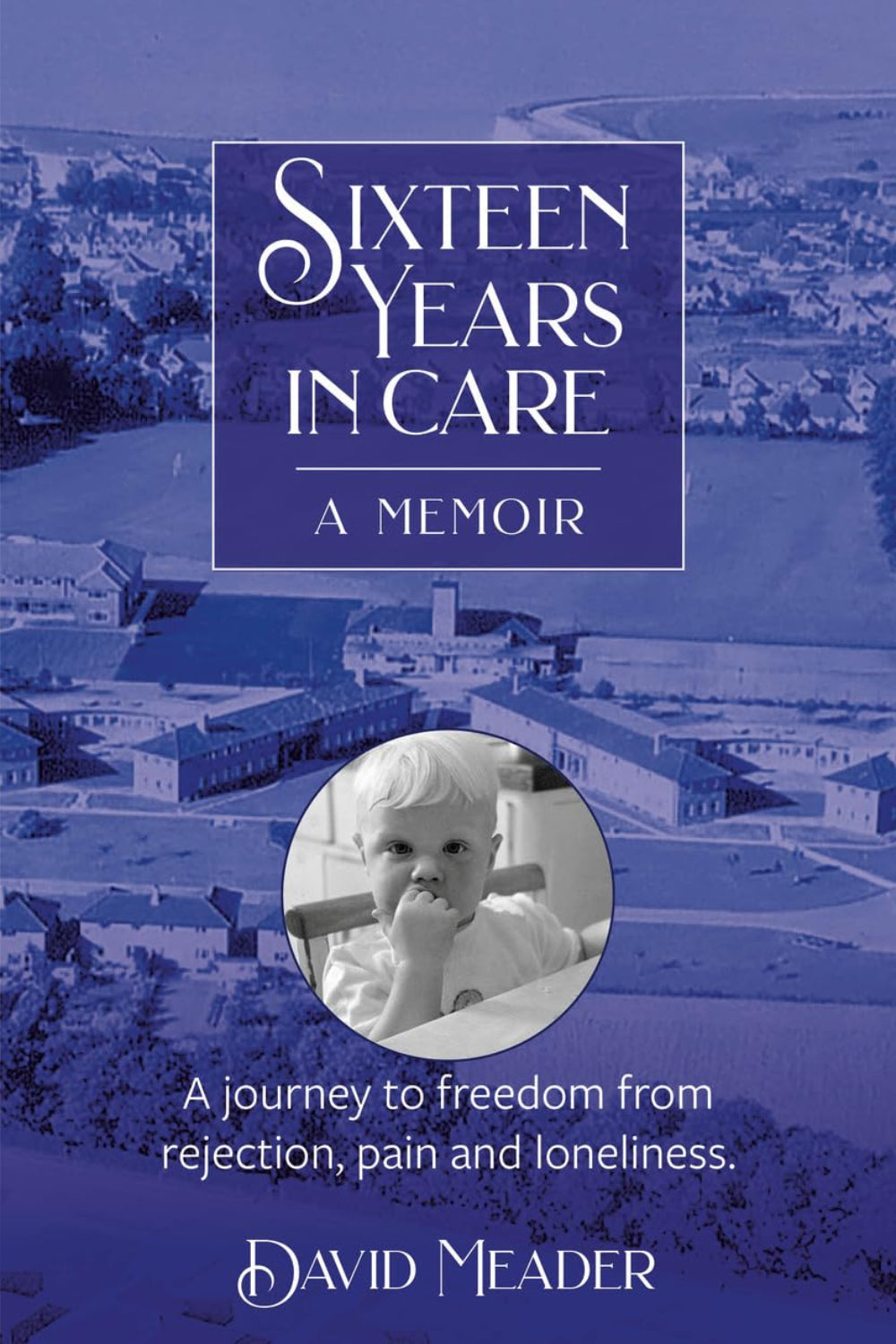Malcolm Down Publishing Limited
Sixteen Years in Care
Sixteen Years in Care
Couldn't load pickup availability
Overcoming childhood wounds of neglect and abandonment: A Journey to freedom from rejection, pain and loneliness
Paperback by David Meader.
Growing up in care is a challenge for any child. Especially when that child is an only child and has been effectively orphaned. David had many questions about why he was in care and how he was ever going to successfully make his way in the wider world on his own. He tells of how he struggled to make sense of his experience right into early adulthood. And of his meandering journey to faith and how he found healing for himself and the power to forgive others. Most of all, David's story is a story of redemption and hope in the face of adversity. A story that still speaks today.--Stuart Checkley --From the Back Cover
It was my mother who was in trouble. These are the opening lines of her letter to Mr and Mrs Addison, the principal and matron of Spurgeon's Children's Home. The date was 24th August 1960 and my mother, Virginia, was then 22 years old, and I was not yet two. There was no 'perhaps'; about it. The Addisons remembered my mother because she had been in their care for part of her own troubled childhood. The letter describes her difficulties. She meant by this that she was an unmarried mother living in sub-standard temporary accommodation in Kilburn, north-west London, and was desperate to get David settled and also to find work. She asked that I be admitted within seven days and on 31st August I became Admission No. 4635. I was to stay at Spurgeon's for the next 16 years.
During those years I never once saw my father; I saw my mother very intermittently and my relatives even less. At its peak, 'the Homes' (as it was known locally) cared for up to 240 children who, like me, had been placed there either by their parents or by the statutory social services. The Homes was located in the village of Birchington-on- Sea in the county of Kent. Set out in over 30 acres, the site comprised a large hall for babies and toddlers, and three blocks of four houses for school-age children. Each house catered for up to 18 children under the care of two house-parents and a relief house-parent. The cooking, cleaning and gardening were undertaken by a band of paid locals who came in faithfully each day. Others such as the quartermaster, the ladies who did needlework repairs and some office workers lived on-site in separate accommodation, as did the relief house-parents and those caring for babies and pre-schoolers. I therefore shared my new home with over 200 children and 60 or so adults at any one time. It was very different from being raised by a mum and dad! --Excerpt. Reprinted by permission. All rights reserved.


